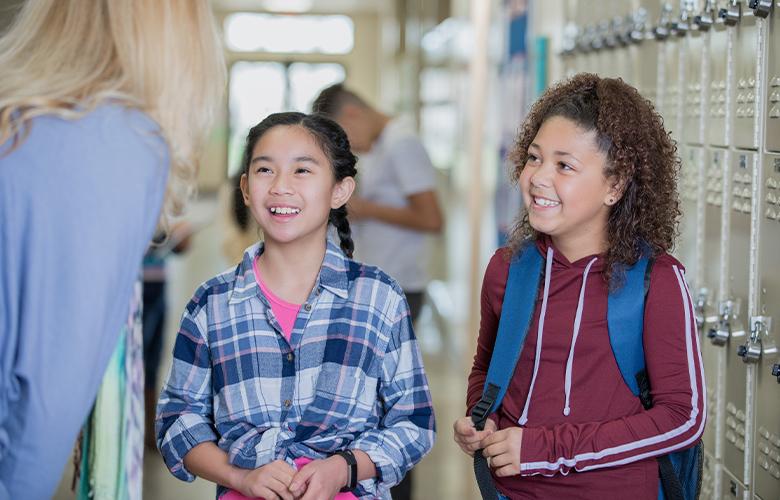
Cassandra Townshend and her team at Vermont’s Charlotte Central School noticed that more students were being sent for discipline referrals, and suspected that students on IEPs were being sent more than others. They partnered with EDC’s REL-NEI team to use a continuous improvement process to address the issue.
Based on their experience coaching school and district teams on continuous improvement processes, the REL-NEI team developed Continuous Improvement in Education: A Toolkit for Schools and Districts for educators. The toolkit draws from research and existing continuous improvement resources to provide a road map for educators who want to take their team through a continuous improvement process. It includes meeting agendas, activities, videos, and tools to build their capacity in continuous improvement. Educators can conduct their own improvement cycles, even without previous experience or additional resources.
REL-NEI piloted the toolkit with the team at Charlotte Central School during the 2019-2020 school year. The Charlotte team used the toolkit’s processes to dig into the discipline referral problem and its root causes. After exploring the school-wide information system (SWIS) data, collected as part of their Positive Behavioral Information and Supports work, the team realized that behavior issues peaked between 12 and 1 p.m., when most students were transitioning to lunch and recess. Analyzing the data helped them see that discipline referrals were not disproportionate for students on IEPs. They were actually most pervasive during transition times in the hallways.
Based on this analysis, the team identified practices they could test to try to address the problem. These included reinforcing behavior expectations during morning meetings and announcements and praising positive behavior as it occurred during transition times. The team also created quick data collection methods to gauge responses to the practices, such as whether teachers were praising positive behavior in the hallways and whether students remembered in the afternoon the behavior expectations that were reinforced during morning announcements. The practices were tested in Plan-Do-Study-Act cycles, in which the team gathered data about the practice and then studied the data to see if the practice improved the situation.
As the cycles continued, the team would have looked at the SWIS data again to see if referrals during transitions decreased. Unfortunately, due to the COVID-19 pandemic, the team’s work was cut short. Nevertheless, using the toolkit proved to be a valuable experience for the Charlotte team.
And for the future, Townshend affirms, “We’ll continue to use the continuous improvement process as we enhance our systems and practices to support our students and staff.”
How have you used continuous improvement processes in your school or classroom? Please tell us what’s worked for you!
| Diana Wogan is a project director at EDC with expertise in social and emotional learning, policy analysis, and school improvement. She works with educators in schools, districts, and state education agencies to improve outcomes for students. |

Comments
Add new comment